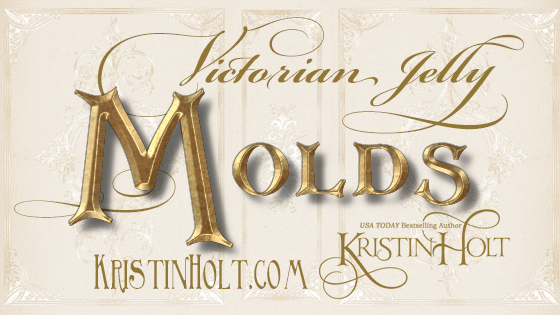
Victorian Jelly: Molds
Fancy jellies graced 19th century tables, molded in dishes made of tin, zinc, copper, and various ceramics. Photographs of antiques, together with vintage advertisements, illustrate this Victorian kitchen staple.

Fancy jellies graced 19th century tables, molded in dishes made of tin, zinc, copper, and various ceramics. Photographs of antiques, together with vintage advertisements, illustrate this Victorian kitchen staple.

Oleomargarine–a Victorian invention?
Yes! But why? And how?

Part 3 of an ongoing series ~
Who knew? Tobacco use in the nineteenth century might surprise you! Without today’s health warnings, tobacco became a favorite vice among men and women of all ages (including children). Numerous vintage sources paint an accurate backdrop of cigarettes, cigars, cigarillos, chewing tobacco, etc., dispelling the myths surrounding tobacco use throughout the American nineteenth century.

During the latter half of the nineteenth century, Letters to Santa Claus were a common appearance in newspapers. Whether the practice alerted parents, shared heartwarming tales of postal employees gathering nickles from among their department to stand in as a “Secret Santa” (modern lingo), or perhaps brought about by a store’s advertisements in the newspaper, Letters to Santa Claus provide a unique glimpse into the past. Want to know what toys children found appealing in the 1870’s? Or what dolls were fashioned of? Take a peek inside!

Flirting, during the American Victorian era, was often deemed in poor taste (and a sign of low-breeding). Men and women in large cities found a way around the censure–they flirted in the personals column of newspapers. Examples illustrate the personals used requesting an introduction (or interview), private and secretive communications, and to find a lady to begin a courtship. Mother (and/or chaperones) may not have approved…but what she doesn’t know won’t hurt her.